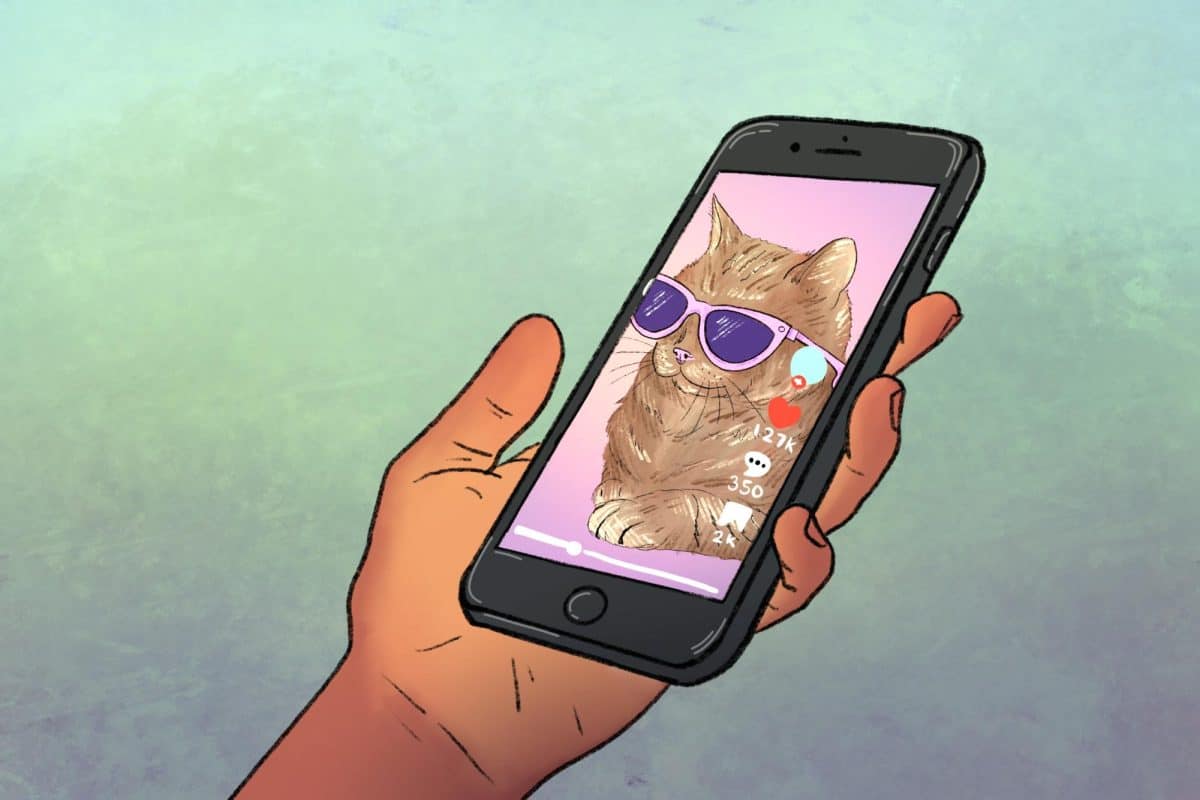A new type of short-form content has become increasingly popular on TikTok and Instagram reels: split screen videos. These videos simultaneously show something with audio engagement — such as a storytime, point of view or get ready with me video — and something with visual appeal — such as a clip of someone cleaning or playing a video game.
The rise in consumption of this type of content has inspired a new trend of people acting out real life scenarios while holding up their phones playing stimulating videos while talking with another person.
These trends have led to more conversations about attention spans and how researchers are choosing to study the complexities of focus.
Despina Stavrinos, a professor of psychology, said it is not possible to focus on two things at once.
“Your brain actually allocates resources to one task then switches back to the next. During the switch, there is a cost, there is a deficit,” Stavrinos said.
These changing trends of media consumption not only serve as amusement but have also inspired research. Psychologists have begun to study the effects the consumption of different forms of content has on daily functioning, specifically its impact on focus.
The focus deficit explained by Stavrinos is explored in an academic article titled, “Media Multitasking and Cognitive, Psychological, Neural, and Learning Differences.”
The article explains that those who consume multiple types of media at once or consume media while completing other tasks have difficulty with working memory and maintaining their attention.
The studies in the article also found that those who regularly participate in media multitasking often struggle with distraction.
Research in those studies showed that more attentional effort is needed when completing tasks under conditions of distractions.
While research is limited, one study in the article focused on this switch acting as “cognitive training,” finding that in some cases people who regularly consume multiple types of media at once outperform those who do so less often when completing activities that require multitasking.
As the observation of shifting behavior affected by changes in media continues, content being produced and studies being conducted will continue to adapt.
“It’s just really hard to project where technology will take us,” Stavrinos said. “There’s just not that much known about that at this time.”
The lack of available research and knowledge on the effects of consuming this kind of content, while daunting, provides hope and opportunity and opens doors to future researchers.
“[Our minds are] more wired towards these short, brief types of content,” Stavrinos said. “What that does to the attention span, we are yet to see.”









